By Timothy Dale & Richard Epstein
•
September 27, 2022
An overflowing toilet is a relatively common problem that many people have had to deal with, but the commonality of this issue doesn't mean that it isn't a serious situation that needs to be handled quickly. The water from an overflowing toilet can soak into wood cabinetry, seep into the walls, or damage the floorboards, making it easier for mold, mildew, and rot to spread throughout the infrastructure of your home. In order to solve this issue before it can become a bigger problem, it's important to find out why the toilet is overflowing, so that you can take action to resolve the situation on your own or hire a professional plumber. Take a look at this guide to learn several reasons why the toilet may be overflowing and what to do if you find yourself in this situation. Reasons the Toilet Is Overflowing There are typically four main reasons for a toilet overflowing. The drain line may be clogged, the plumbing vents are blocked, the main sewer line for the home is plugged, or, if you have a septic system, the septic tank may be full or obstructed, causing the waste water to backflow into the home. Clogged Drain The most common reason for a toilet to overflow is if the drain is clogged. Typically, an individual will use the toilet as intended, but attempt to flush too much toilet paper down the drain. The excessive amount of toilet paper clumps up and causes a clog in the drain line that prevents the water in the toilet bowl from emptying into the drain. If an individual toilet does not flush or backs up, chances are it's a clogged toilet. However, when you flush the toilet, the flush valve in the toilet tank lifts a flapper to allow the water from the tank to flow into the bowl. The flapper remains open until the tank is empty, but because the water cannot flow down the drain, it accumulates in the bowl until it overflows. This situation can also be caused by other items getting flushed down the toilet, like napkins, paper towel, feminine hygiene products, cotton balls, wipes, or other materials that are not made to be flushed. Keep a plunger nearby in the bathroom to quickly clear clogs when someone accidentally overloads the toilet with toilet paper. You may also want to invest in a plumbing snake that can be inserted into the toilet and run down into the drain to physically break up or pull out any material that is causing the clog. Blocked Plumbing Vents Many people don't know that plumbing drain lines have vents. While the drain lines carry the waste and wastewater down into the sewers, branching sanitary vent lines run to the outside of the home through the roof or through a side wall. The purpose of these vents is to help release pent-up gases that are created when the waste in the pipes breaks down. Additionally, the vents bring fresh air in from the outside to replace the air that is forced down the drain when you flush the toilet. If the air isn't being replaced because the vent lines are blocked with debris, like leaves or pine needles, then the toilet will not function properly and can lead to the toilet overflowing. Even if the toilet doesn't overflow when you flush, the absence of air in the pipes can create a vacuum that can damage the plumbing infrastructure. It's recommended to contact a professional with the specialized equipment necessary to clean the plumbing vents. Sewer Line Blockage Your home infrastructure isn't the only area where a problem can occur. The main sewer line that runs to the home can also cause the toilet to overflow if the sewer line becomes blocked or clogged. This issue can happen if people in the home flush items or materials that are not made to be flushed, like wet wipes, paper towels, napkins, or feminine hygiene products. Some wipes are specifically labeled as flushable, but even these products don't actually break down in the municipal wastewater system, so to avoid clogs, it's recommended to throw wipes in the trash, instead of flushing them. External factors can also result in a sewer line blockage, such as tree roots growing into the drain line. Another situation that could end up with a blocked sewer line is if there is any type of construction on the sewer line or on the sewer main for the street because the debris built up on the inside of the drain pipe may shift due to a change in pressure or increased vibration, creating a clog. It's important to understand that the lowest opening of the system, whether it is the cellar or slab on grade, this where the water will back up when you have a main sewer clog. It could be the septic is full, the municipal sewer is clogged, or your sewer to the street. Backflowing Septic Tank If you have a septic tank, then you won't have to worry about nearby construction causing problems for your plumbing, but you do need to be diligent about cleaning out the tank and making regular repairs to keep up with the septic system maintenance. Trying to flush waste and wastewater down into the septic tank is next to impossible if the tank is completely full, so when you flush the toilet the waste from the toilet and the septic tank may backflow into the home, causing the toilet to overflow. Similarly, if the line to the septic tank or the septic tank itself is obstructed, preventing waste from entering or exiting the tank, then it's like that flushing the toilet will only result in the waste backflowing into the home and overflowing the toilet. Contact a septic tank repair and maintenance professional to troubleshoot your septic system, clean out the tank, and make any necessary repairs to resolve the problem. What to Do If the Toilet Overflows Knowing the reason why the toilet is overflowing is important for solving the problem, but it's the most pressing issue when water is pouring onto the floor. Follow these steps to stop the water and plunge or snake the drain. If you suspect the issue is with the vents, sewer line, or septic tank, it's recommended to contact a plumber to resolve the situation. Turn Off the Water Supply The first step to resolving this situation is to stop the flow of water into the toilet bowl. This can be achieved by lifting up the lid of the toilet tank and manually pushing the flapper down to prevent the water from flowing into the toilet bowl from the tank. You can also simply turn off the water to the toilet with the water supply valve located on the incoming water supply line for the toilet. If your toilet does not have a water supply valve and you have a faulty flapper that doesn't seal properly, then you will need to locate the main water shut off valve for the home and turn off the water to the entire home. Remove Excess Water After stopping the toilet from actively overflowing, take a minute to clean up the floors with an old towel, ensuring that the floors, walls, and any other objects are completely dry to help prevent mold, mildew, and rot. With the floor and surrounding area cleaned up, grab a bucket and a small container. Use the container to gradually remove excess water from the toilet bowl and pour it into the bucket. This is so that you don't slosh more water onto the floor when you attempt to plunge the toilet or snake the drain. Plunge the Toilet If you don't have a plunger, head to a local home improvement store to pick one up. Put the head of the plunger into the toilet, ensuring the flange on the plunger is inserted directly into the drain. Keep the handle of the plunger upright while push the plunger up and down for about 15 to 20 seconds to force air and water into the drain to clear the clog. After plunging the toilet, turn the water back on and attempt to flush. If the toilet flushes without overflowing, then the issue is resolved. However, if the toilet seems as though it is still clogged, make sure to turn off the water before it overflows, then proceed to the next step. Snake the Drain Sometimes plunging the drain isn't enough to remove a clog, especially if the blockage is caused by an item or some type of material that isn't made to be flushed down a toilet. In these instances, you can use a plumber's snake to try to break up the clog or pull out the obstruction. Place the end of the drain snake into the toilet bowl and gradually feed it into the drain. When the snake won't go any further, you have encountered the clog. If you are trying to break the clog, then rapidly rotate the snake in the drain while applying additional forward pressure to drive the end of the snake through the clog. However, if you are trying to pull the obstruction out, make sure you have a hook head on the drain snake before feeding it into the drain. When you encounter the clog, instead of pushing through it, gently pull back on the snake. If you feel resistance, you have hooked the clog. Slowly reel the snake back in to remove the obstruction. Repeat this process several times to ensure that the clog have been broken up or removed from the drain line, then turn the water on to the toilet and flush to test if your fix worked. If the problem persists, it's recommended to call a professional plumber. When to Call a Professional Plumbing repairs come with a risk of damage to the surrounding infrastructure of the home because water can cause mold, mildew, and rot to spread through the wood, drywall, and insulation. This doesn't mean that you shouldn't attempt basic plumbing fixes, like plumbing the toilet or snaking the drain, but if you don't have the knowledge or experience dealing with plumbing systems, then it is recommended to leave the more complex jobs to a professional plumber. There are even some toilet tank assembly repairs you can make to replace a tank flapper, float ball, fill valve, or flush valve, but issues with the vents, sewer line, or septic tank typically fall outside of the expertise of the average DIYer. If signs seem to indicate that the overflowing toilet is a result of clogged vents, a blocked sewer line, or problems with the septic tank, then you should contact a professional plumber to troubleshoot and resolve the issue. Source: https://www.thespruce.com/toilet-overflowing-6504068

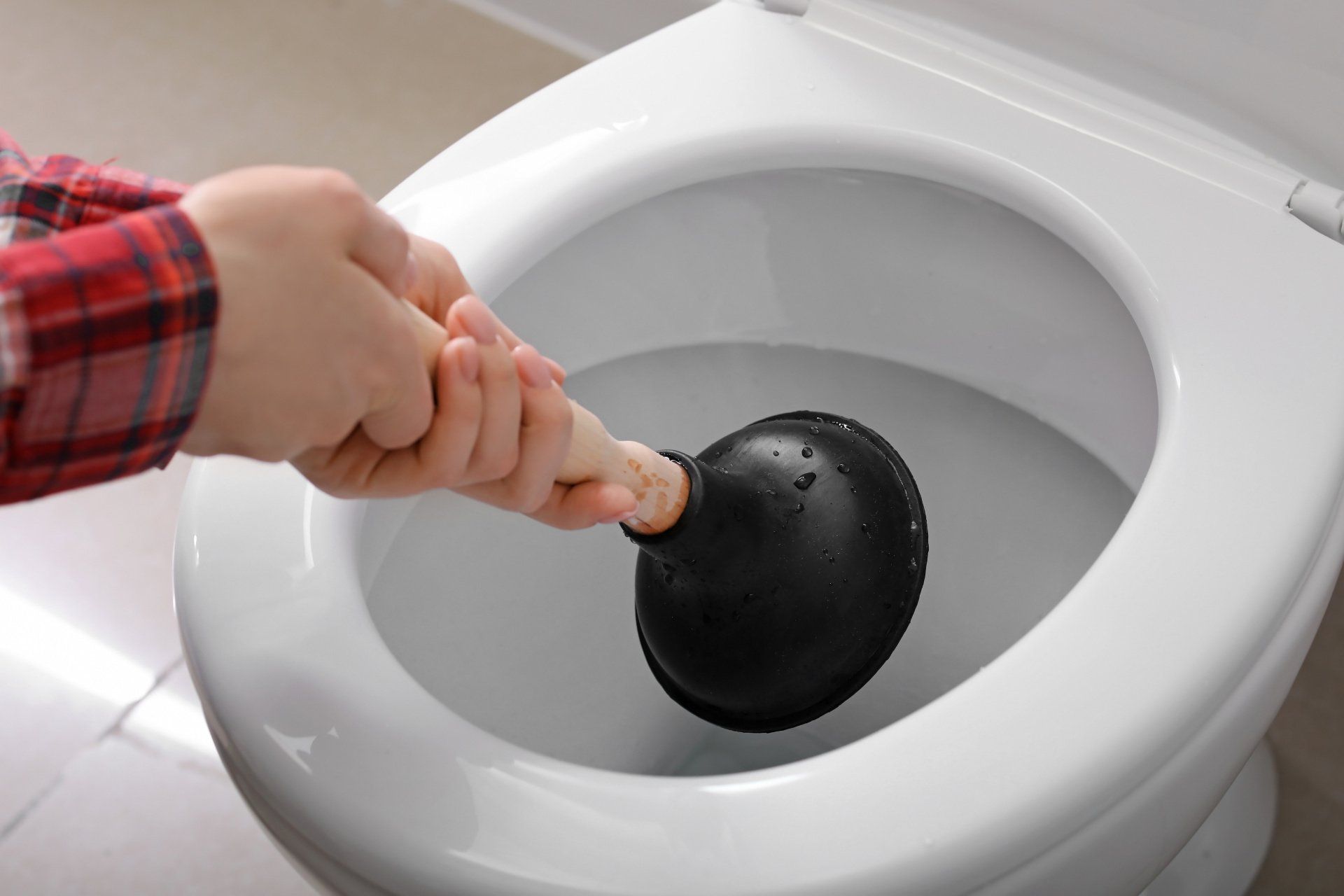
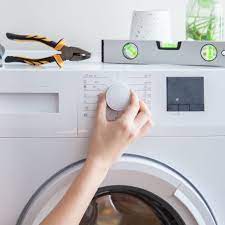
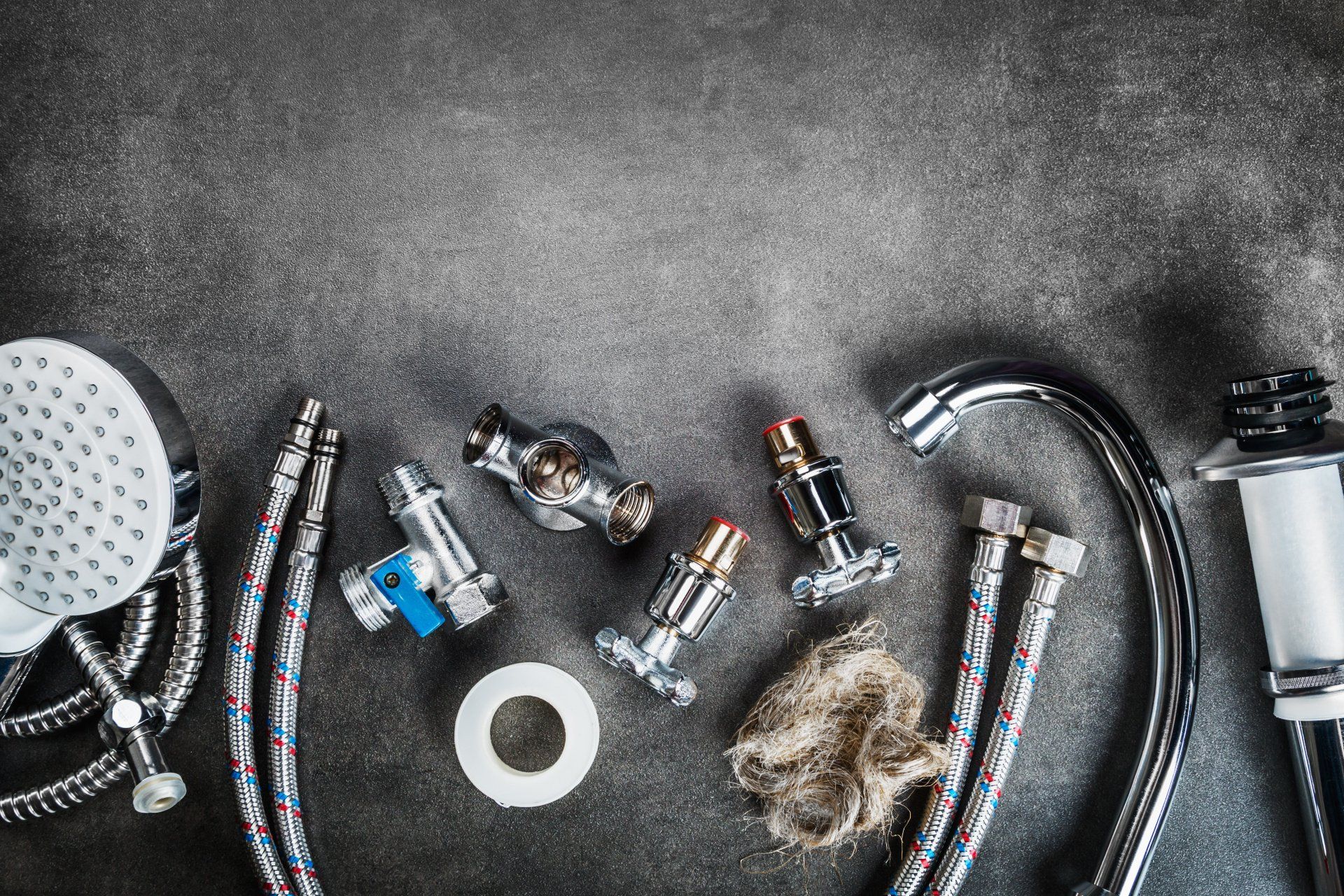
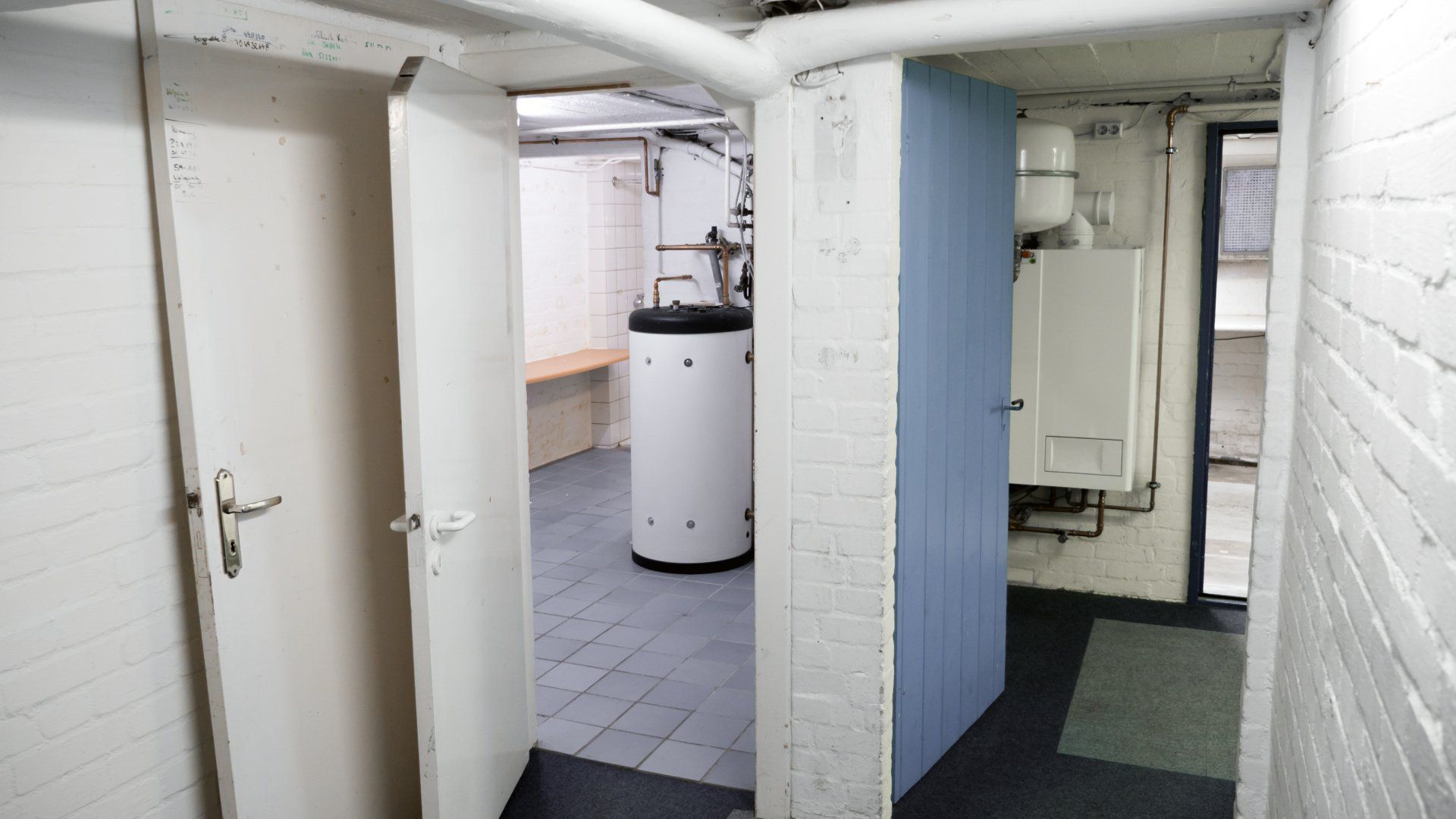
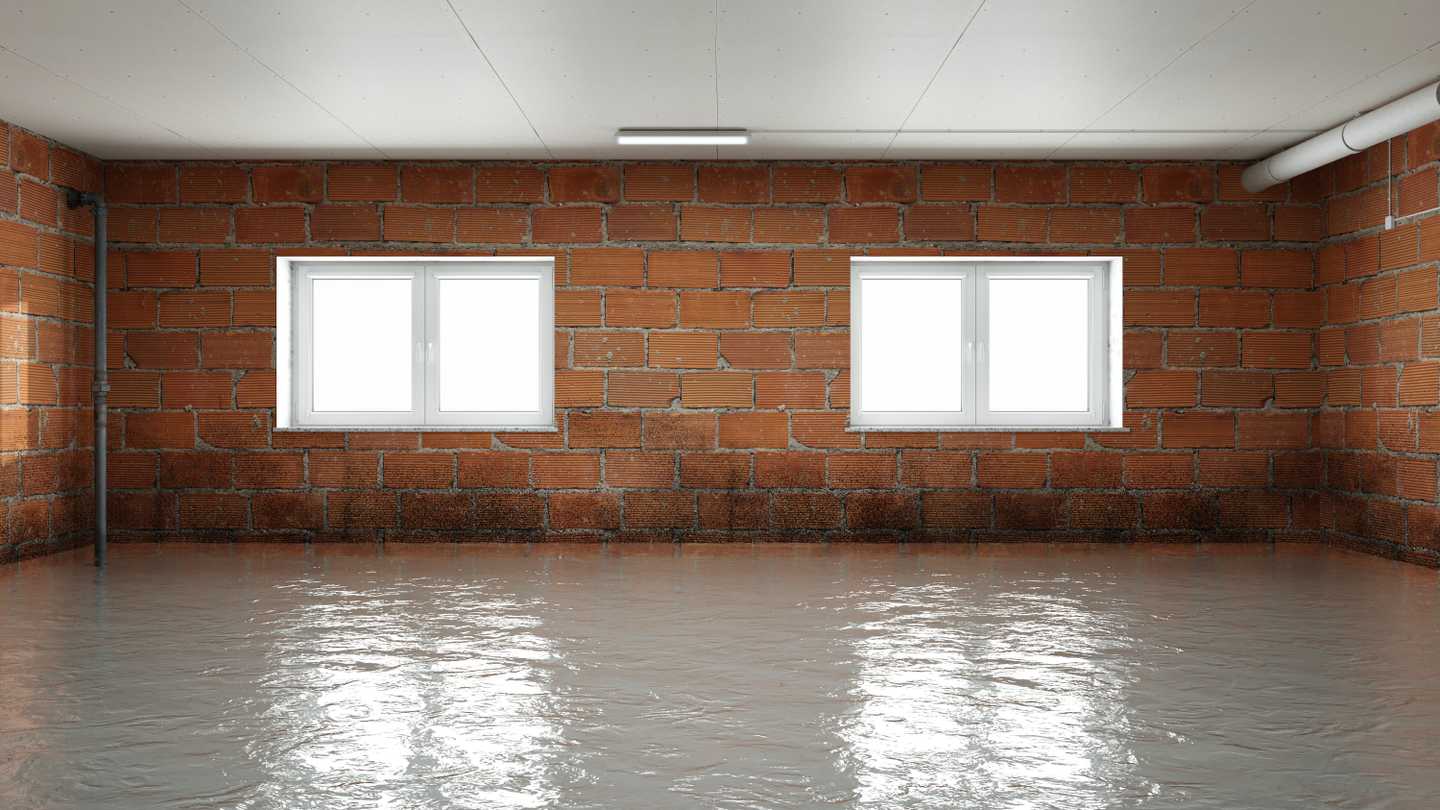
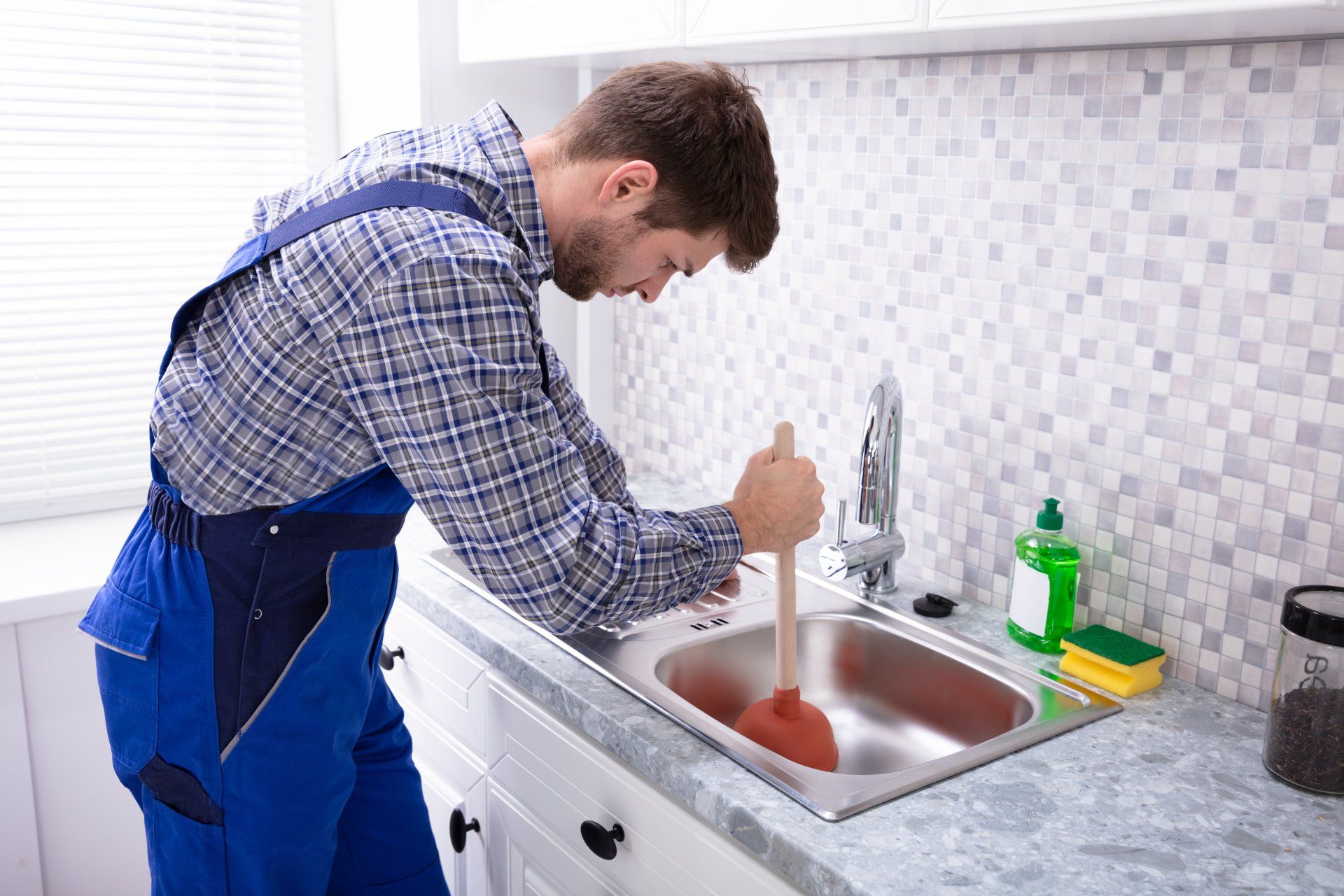
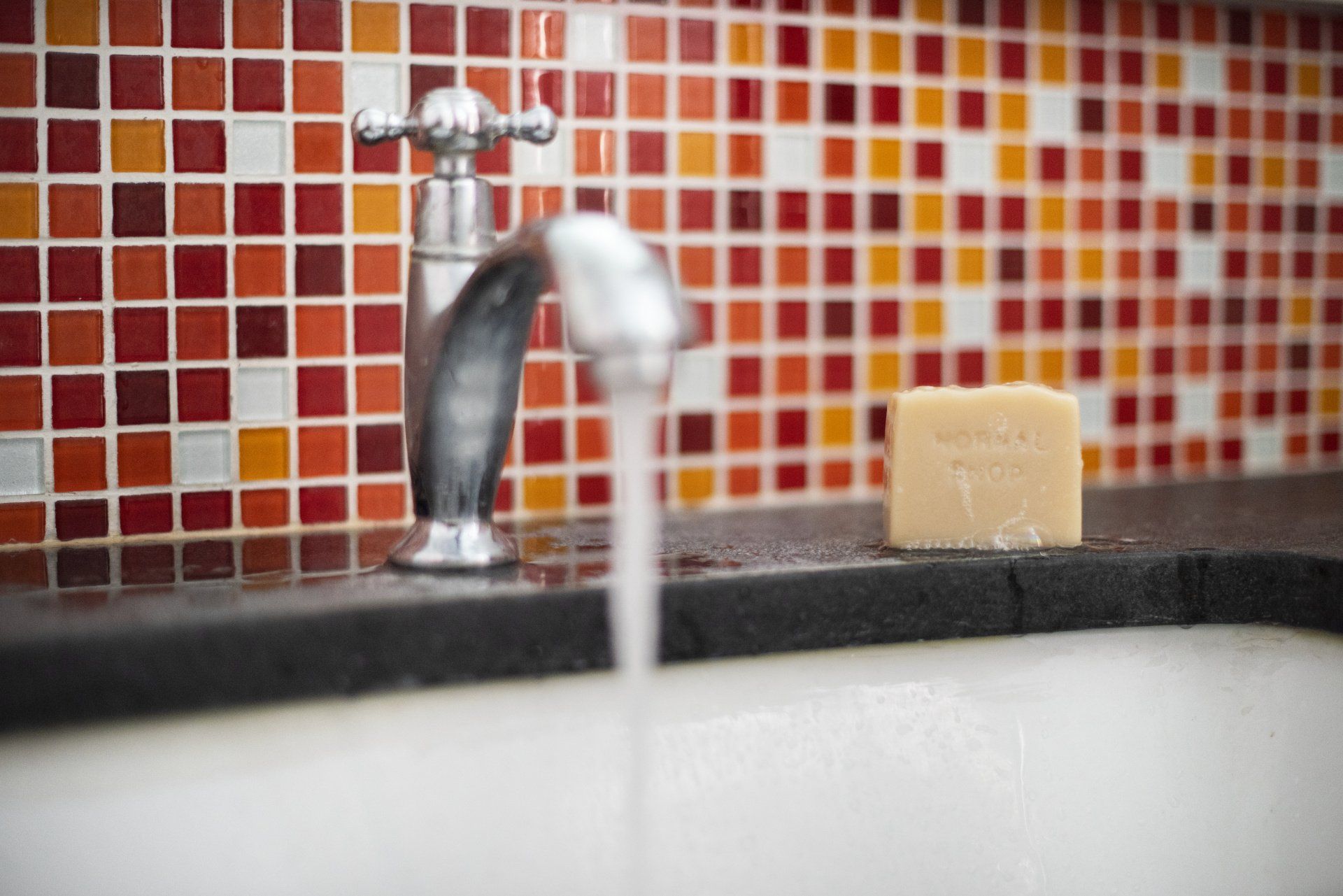
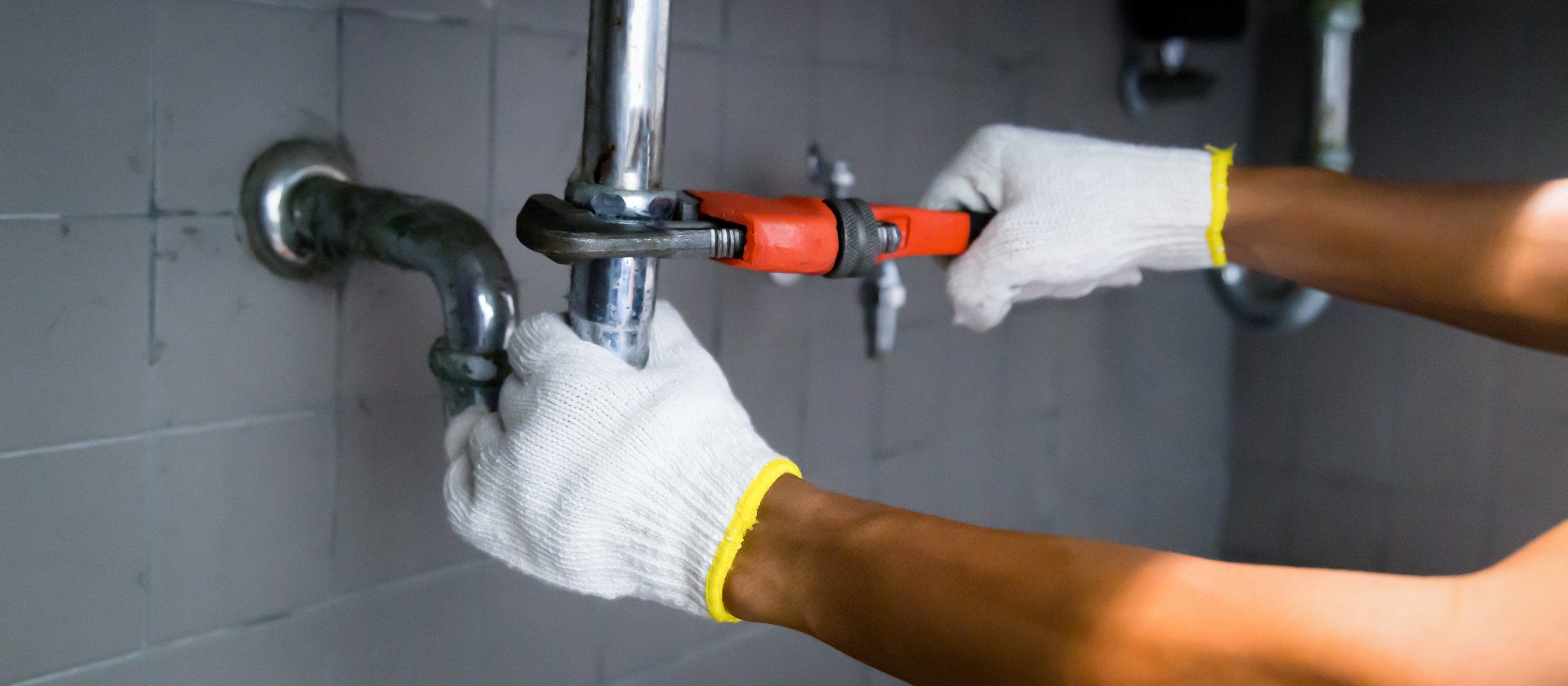



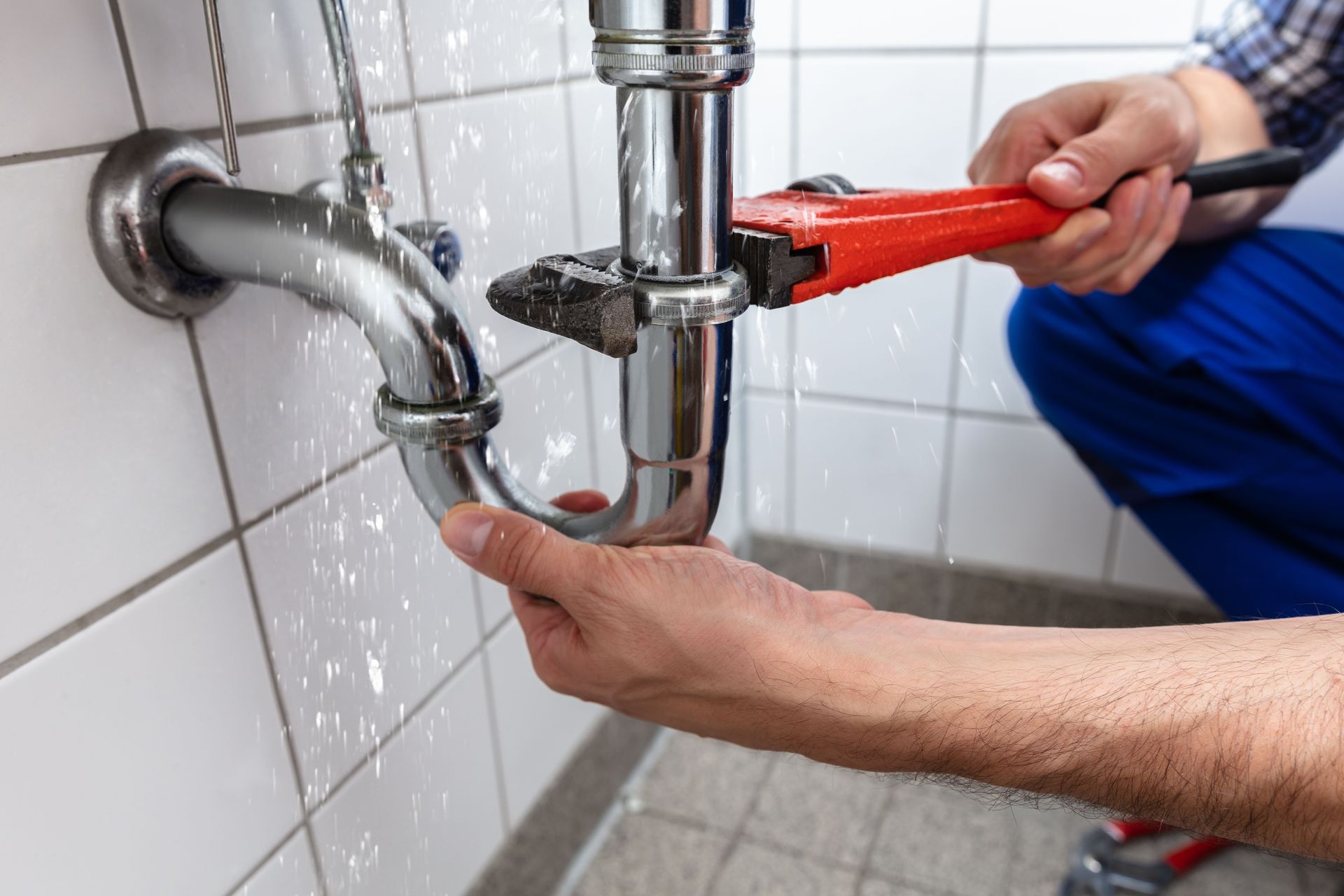
Share On: